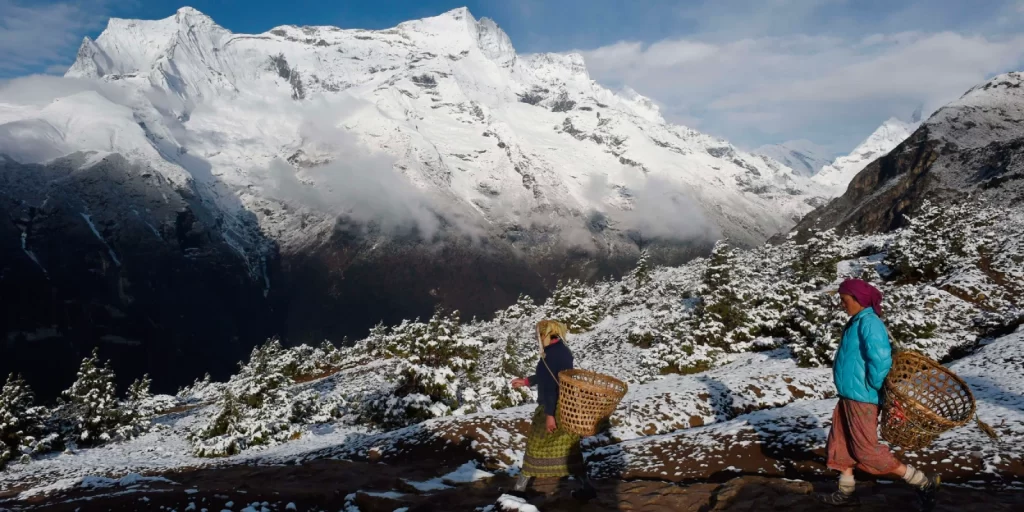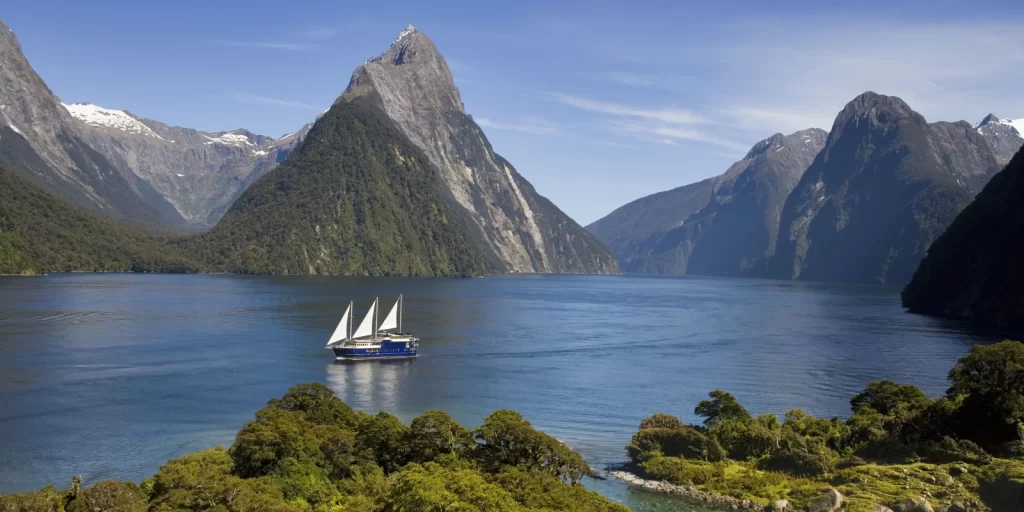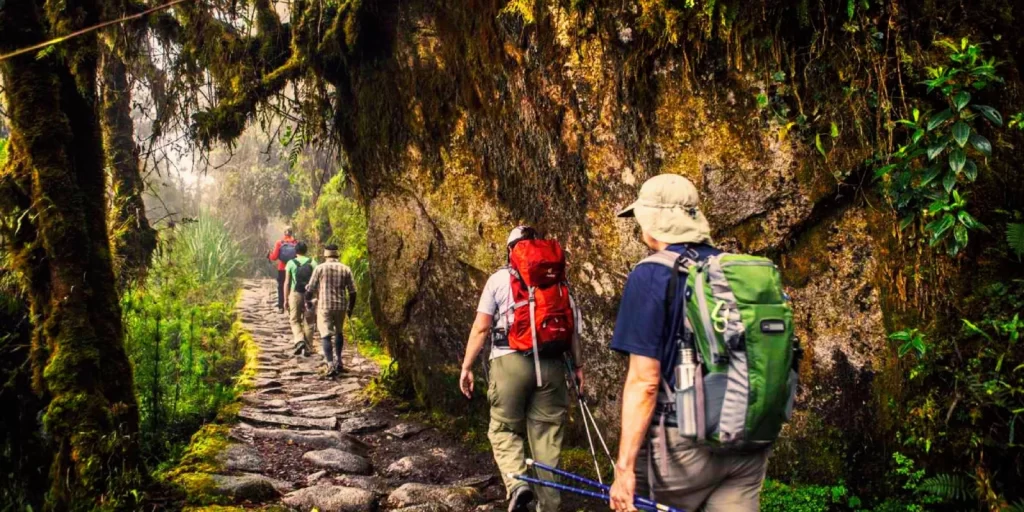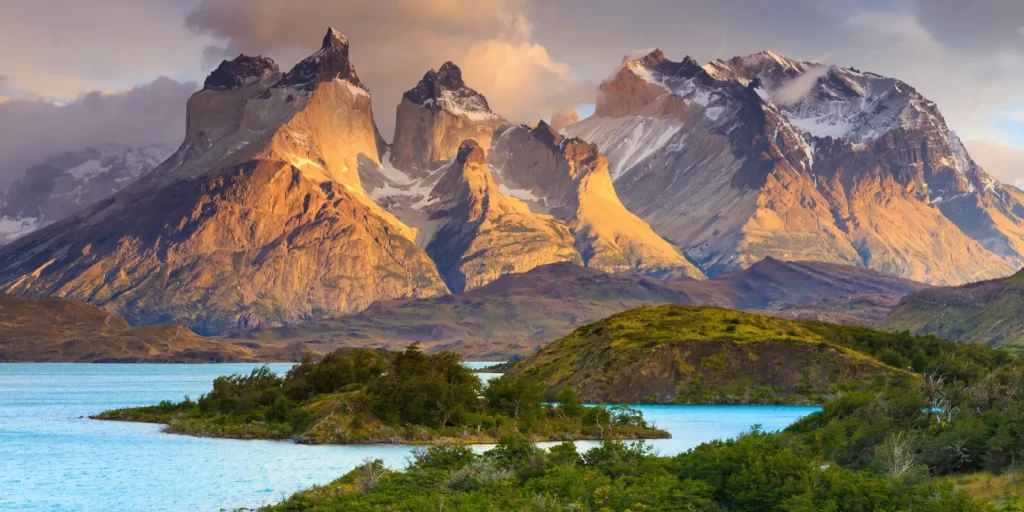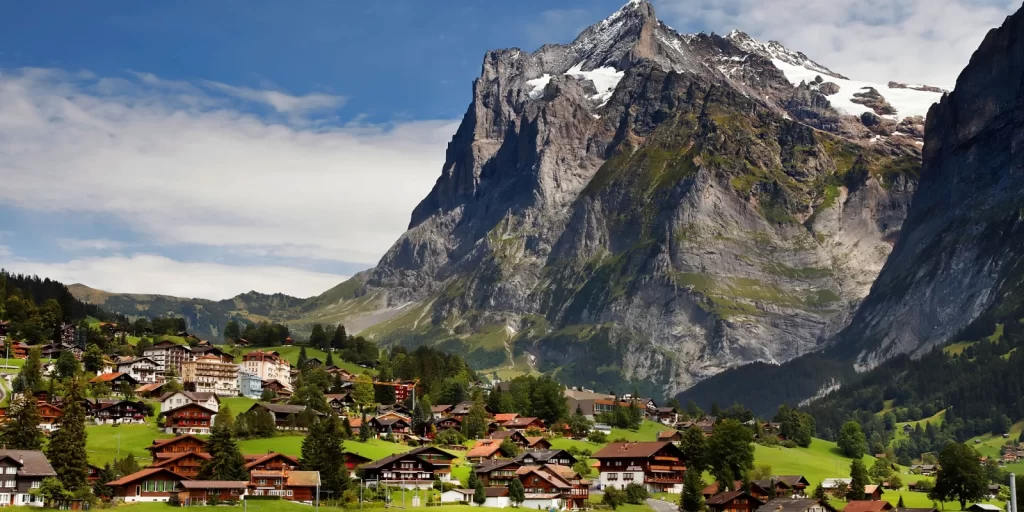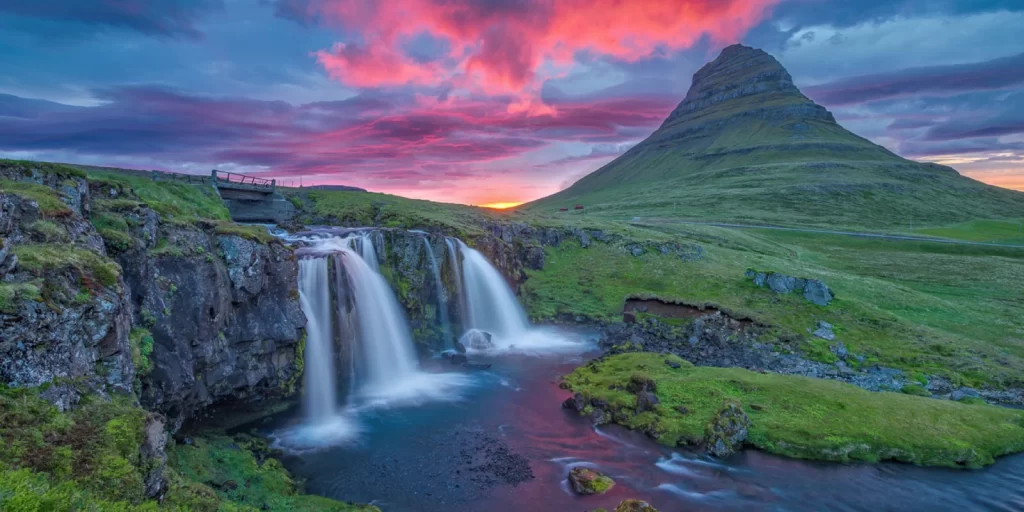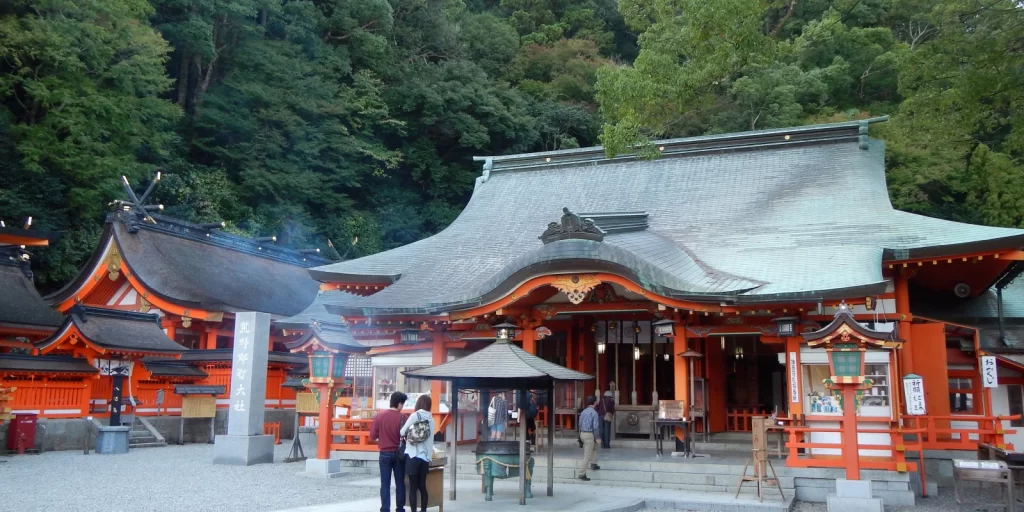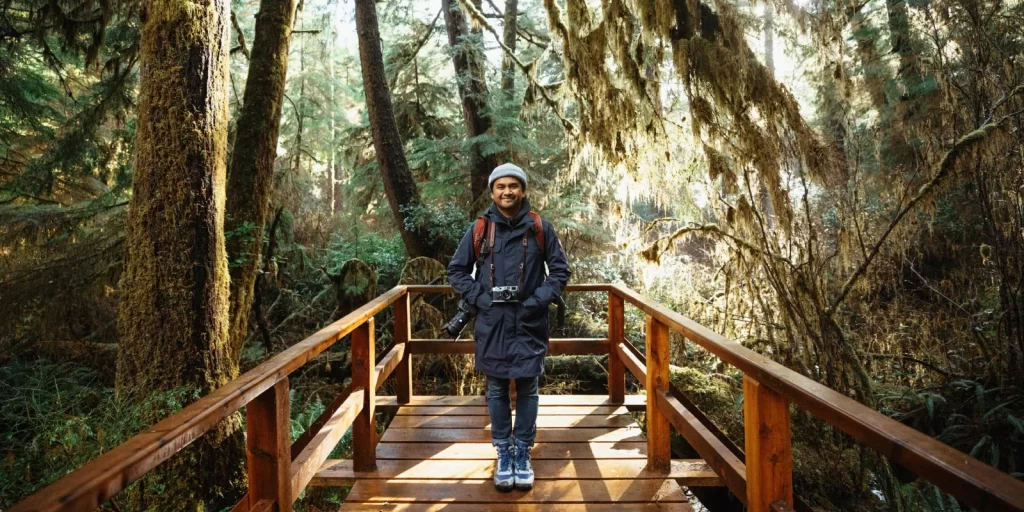The Inca Trail is one of the world’s most famous hiking routes, renowned for taking travelers through stunning Andean landscapes to the sacred citadel of Machu Picchu. If you’re planning to embark on this adventure in 2025, it’s essential to understand the requirements and recommendations to enjoy it safely and responsibly. Here’s everything you need to know.


1. Advance Booking: The First Key Requirement
The Inca Trail has a daily limit of 500 people, including tourists, guides, porters, and cooks. Permits sell out quickly, especially during peak season (May to September).

2. Hiring an Authorized Agency
Since 2001, the Peruvian government requires all tourists to hike the Inca Trail with an authorized agency. Independent trekking is not allowed.



3. Official Entry Permit
Once you book with an agency, they will process your official Inca Trail permit, which is personal and non-transferable.

- A copy of your valid passport (or ID for Peruvians).
- Full name and date of birth.
- Exact start date of the trek (cannot be changed after issuance).
4. Valid Passport
Your passport must be valid for at least 6 months from your entry date to Peru. If you renew your passport after booking, inform your agency to update your details.
5. Good Physical Condition
While no medical certificate is required, the Inca Trail is a challenging 4-day, 3-night hike, with elevations exceeding 4,200 meters (Dead Woman’s Pass).

- Be in good health with adequate fitness.
- Train with hiking or trekking before the trip.
- Consult a doctor if you have heart, respiratory, or knee issues.


6. Proper Gear
Agencies usually provide tents, cooking gear, and sleeping mats, but you must bring:
- Comfortable, durable hiking boots.
- A daypack (30-40L) with a hydration system.
- Warm and waterproof clothing.
- Headlamp, trekking poles, sunscreen, and insect repellent.
7. Travel Insurance
Not mandatory but highly recommended—ensure your policy covers trekking and high-altitude emergencies.
8. Age Restrictions
There’s no official minimum or maximum age, but it’s advised for:
- Children 12+ years old.
- Older adults only if in excellent physical condition with hiking experience.
9. Park Regulations
The Inca Trail passes through the Machu Picchu Archaeological Park, a protected area. You must:
- Not litter.
- Avoid disturbing flora/fauna.
- Respect archaeological sites.
- No drones (prohibited without special permission).
10. Alternatives If Permits Are Sold Out
If the Inca Trail is fully booked, consider:
- Salkantay Trek
- Lares Trek
- Inca Jungle
These routes don’t require limited permits and also lead to Machu Picchu.


Conclusion
Hiking the Inca Trail is a once-in-a-lifetime experience, but it requires planning, preparation, and respect for nature and local culture. Meeting these requirements ensures your safety and helps preserve one of humanity’s greatest treasures.
Get ready, train well, and experience the magic of the Inca Trail to Machu Picchu in 2025!
